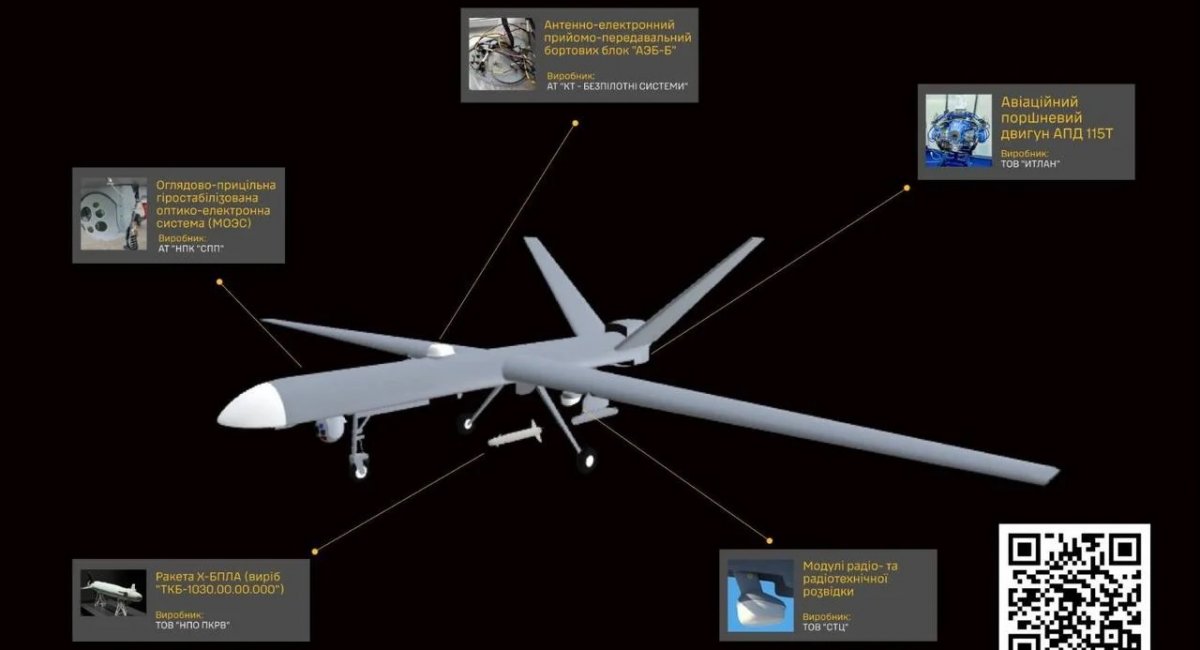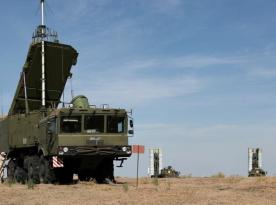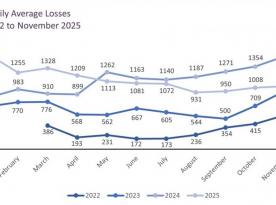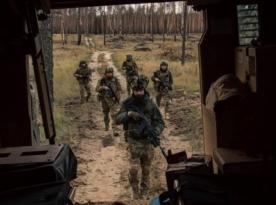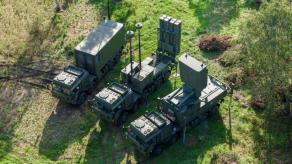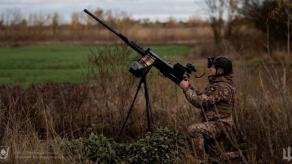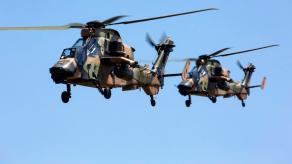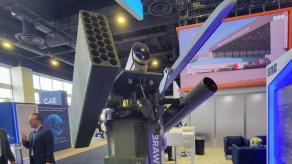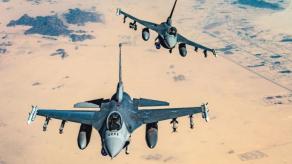Ukraine's Defense Intelligence has revealed a detailed three-dimensional model of russia's Orion unmanned aerial vehicle, along with information identifying 43 enterprises involved in its production. The data were published in the War & Sanctions portal, as part of the ongoing effort to trace and disrupt russia's military-industrial supply chains.
The Orion is a strike-reconnaissance UAV produced by the sanctioned Kronshtadt group of companies. Designed for long-endurance missions, the drone weighs roughly one metric ton and features a straight wing and V-shaped tail assembly.
Read more: America's Answer to russia's Poseidon, Burevestnik Systems: Stealth Nuclear Cruise Missile Spotted under a B-52H
It can carry up to 250 kilograms of payload, including photo-reconnaissance modules, electronic intelligence systems, electro-optical sensors, and precision-guided munitions such as the KAB-20 bombs and Kh-50-class air-to-surface missiles.
Ukraine's Defense Intelligence notes that the Orion drone also serves as a carrier for russia's new S8000 Banderol cruise missile. The combination of reconnaissance and strike capabilities makes the Orion drone one of russia's most capable medium-altitude long-endurance UAVs, with a flight endurance of up to 30 hours and an operational range of 250 kilometers, extendable to 300 kilometers when using a relay system.

Russian media have repeatedly labeled the Orion as the Bayraktar killer, comparing it to the Turkish-made TB2 drone that gained notoriety early in the war. However, Ukrainian intelligence emphasizes that russia's manufacturing chain for the system remains vulnerable, heavily reliant on foreign components and on companies not yet covered by international sanctions.
Among the 43 identified enterprises are producers of optical-electronic modules, ground communication stations, and composite materials used in airframe construction. Significantly, a third of these companies are not currently sanctioned by any member of the international sanctions coalition, allowing Moscow to continue sourcing critical parts for drone production despite export restrictions.
By publishing these details, Ukraine aims to expose remaining gaps in the global sanctions framework and push for tighter control over high-tech exports that sustain russia's weapons programs.
As Defense Express previously reported, Ukraine's Defense Intelligence have successfully struck a command post of russian Rubikon unit in temporarily occupied Avdiivka, Donetsk region. The operation targeted one of the most technologically advanced formations of russian forces.
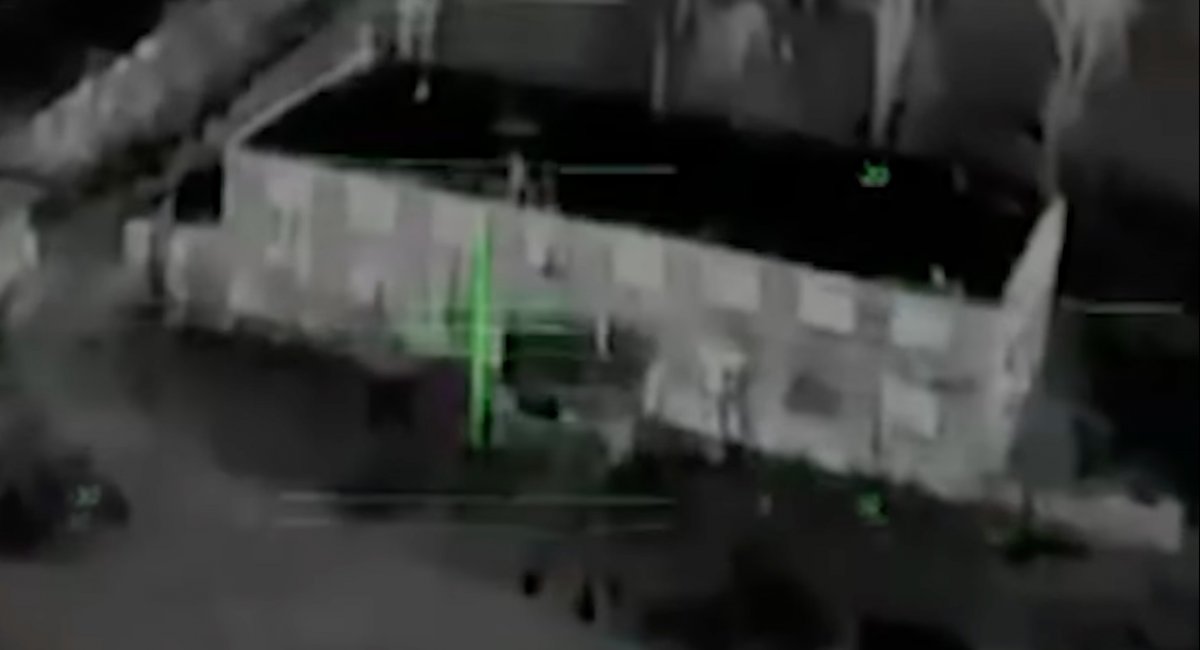
Read more: Ukraine's P-2 Drone Wipes Out russian Rubikon Command in Avdiivka (Video)




